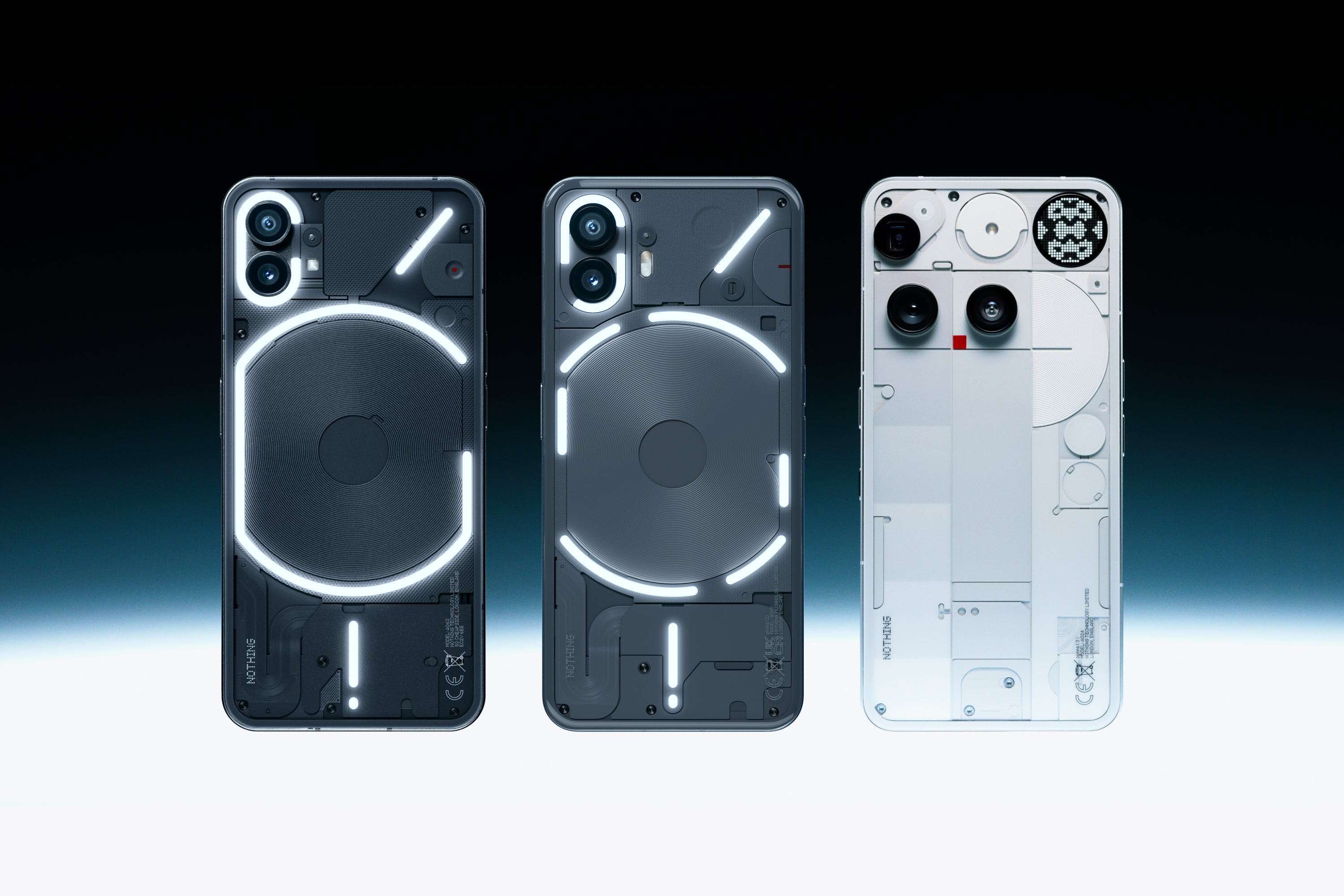Corsair introduces two PC cases for mATX and ATX form factors made for Asus and MSI motherboards with reversed connectors soldered behind the PCB, enabling the builders to hide practically all the cables. These are the 2500X and 2500D micro-ATX cases & 6500X and 6500D ATX cases, with X and D suffixes glass and mesh front panels in black and white colors. Corsair did flaunt these cases during CES 2024, with the release date initially announced for February 27.
Corsair calls these the new ‘Dual Chamber Cases’, the future of its previous dual chamber cases. These cases are the first to be compatible with reverse connectors motherboards such as Asus ‘Back-To-The-Future’ and MSI’s Project Zero. All these cases are available for retail via Amazon UK at the time of writing. The Corsair 6500X and 6500D are priced at £169.99 in the UK, roughly translating to $215.53, and the 2500X and 2500D for £129.99, about $164.81, as pre-orders.
Corsair hasn’t listed the detailed specifications of these cases, nor has it been listed on their website yet. Apart from the reverse connector compatibility, both the 2500 AND 6500 series cases are compatible with graphics cards measuring up to 400mm and compatibility with 120mm and 360mm radiators. Users can fit up to nine 120mm/140mm fans on the 2500X and ten on the 6500X, with the D variations for both cases having two more fan mounts towards the front panel, giving plenty of options to mount 120/140/ 240, 280mm and 360mm radiators.
With its dual chamber design, the motherboard, CPU cooler, and graphics card will be on full display, with SATA and power supply hidden away in the section behind the motherboard tray, hidden away. These cases also allow further personalizations with switchable panels and vertical GPU mounts.
MSI and Asus have motherboards explicitly designed to have connectors on the other side of the PCB for power, I/O, and fans. While MSI has these reverse connector motherboards listed under Project Zero, Asus has BTF variants under ROG and TUF brandings. Asus has been working with several companies to ensure widespread choices with compatible cases.
MSI has the B650M Project Zero motherboards made for Ryzen 7000 series CPUs and B760M Project Zero for Intel 12th generation onwards, both in the microATX form factor. It is clear this is the direction motherboard makers want to go to as it helps the users to make aesthetically pleasing systems, but this required PC case makers to have cases available in tandem.
Judging by the cut-outs on the motherboard tray, it also seems compatible with graphic cards using HPCE connectors to hide away its power cables, such as the RTX 4070 BTF released in the Asian market. It is not known if we will see such graphics cards available worldwide.
Do we need specially designed cases for these motherboards?
Since the motherboards have connectors on the other side of the PCB, they will need clearance and cable management specifically designed to be compatible, as conventional cases only have enough clearance on the right side for cable management. Having installable cables on the other side gives system builders more minimalistic and cleaner aesthetics. Asus has four, and MSI has three motherboards, but because of this design, it had to go hand-in-hand with PC case compatibility. MSI already has its own Pano M100R PZ mATX case, which we used to build with the B650M Project Zero motherboard.
For now, Asus and MSI are the ones who have motherboards for retail on both Intel and AMD platforms. Gigabyte (and MSI) did work with Maingear for ‘Project Stealth’ in 2022, so it shouldn’t be surprising if the Taiwan-based motherboard maker has a few variations. With Corsair making such cases available, it shouldn’t be a surprise to see other case manufacturers and motherboard makers jump on the bandwagon, giving more choices to users. Based on Robeytech’s live stream, at the very least, the 6500X case is also compatible with motherboards with typically placed connectors. It is unknown when Corsair will release the wooden aesthetic variation of these cases as displayed during CES 2024, but it shouldn’t take that long.
Will the reverse connectors become mainstream, making standard-placed connectors a thing of the past? That largely depends on the amount of users quickly shifting to these options. While it is nice to see motherboard and PC makers working together to bring in a new standard, it would be nice if there’s a new standard for front panel connectors. Change is good. And with reversed connectors, system builders can hide those tastefully sleeved cables out of sight.







